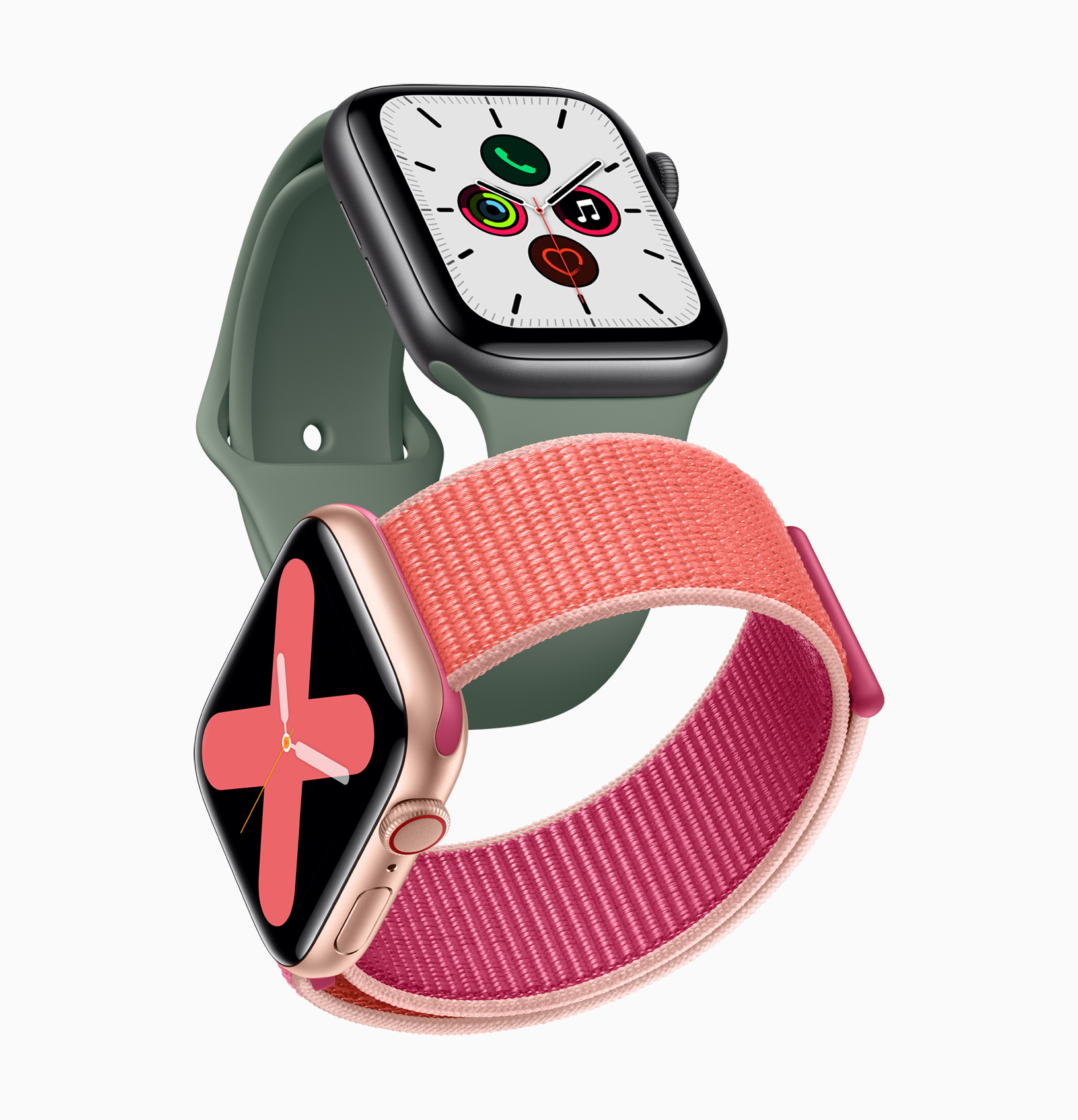Should You Buy the Apple Watch Series 5? Here’s What Has Changed from the Series 4
Amidst a big day for new product releases that saw the debut of Apple’s iPhone 11 and iPhone 11 Pro, the iPhone maker also debuted its latest wearable, the Apple Watch Series 5, an interesting albeit incremental update to its extremely popular smart watch.
Is this latest update enough to justify an upgrade? Now that the Apple Watch has become a more “mature” product, it seems that Apple is sliding into the same sort of two-year update cycle that has been the norm for the iPhone for several years. This means that while there may be little to attract those who already took the plunge into the Apple Watch Series 4 last year, this year’s Series 5 may finally be a worthy update for those who stuck with an older model. Read on to find out everything that’s new in the Apple Watch Series 5.
The Display
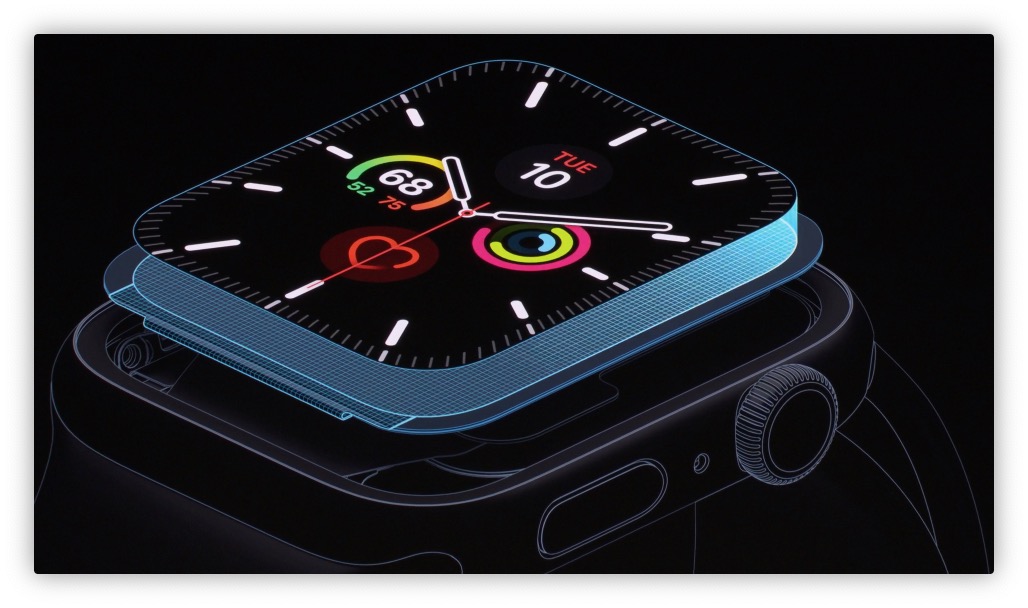
Probably the biggest new feature of the Series 5 Apple Watch is that the display will always stay on — something that a lot of people have been clamouring for since the wearable first debuted four years ago.
The lack of an always-on display was obviously a concession to battery life, and Apple traditionally handled it pretty well — you don’t need to see your Apple Watch unless you’re actually looking at it, and the accelerometer and gyroscope allowed the device to (usually) light up when you raised your wrist. It was a reasonable trade off for normal daytime use, although when Apple later debuted Nightstand mode, we found ourselves wishing that the Apple Watch would at least stay on to show our clock on our nightstand, since it was running on power at that point anyway.
Now, Apple has managed to figure out a way to keep the display on all the time, without sacrificing battery life. This is as a result of new display technology — a “low-temperature polysilicon oxide display” — and new sensors for things like ambient light and other power management chips. Despite all of this, however, the resolution and brightness of the display remains unchanged.
It seems like a small thing, but it’s going to be a marquee feature for a lot of users; if an always-on Apple Watch is something you’ve always wanted, this feature alone could make the Series 5 a must-buy.
Capacity
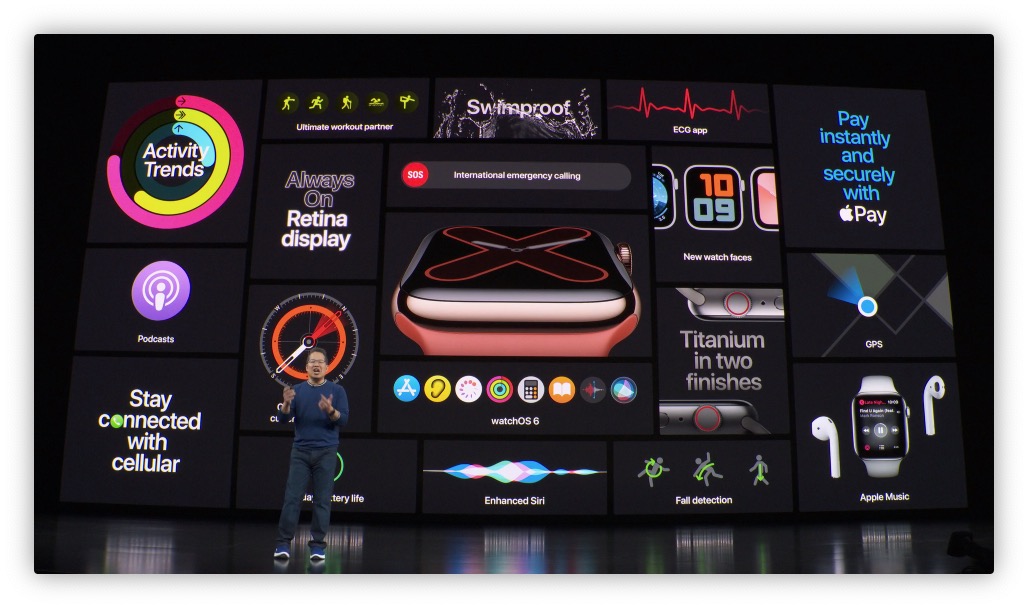
Apple has never made a big deal of the storage capacities of the Apple Watch, and although many users may not care, the amount of memory can have a bearing on things like the number of photos or the amount of music you can store — something that’s important if you’re not using a cellular-capable model, or simply don’t want to use a lot of data.
The Apple Watch Series 5 actually gets a quiet bump to 32 GB of storage in both the cellular and non-cellular models. This is double the capacity of the Series 4 and cellular Series 3, all of which only came with 16 GB, and actually 4X the capacity of the GPS-only Series 3.
Size and Design
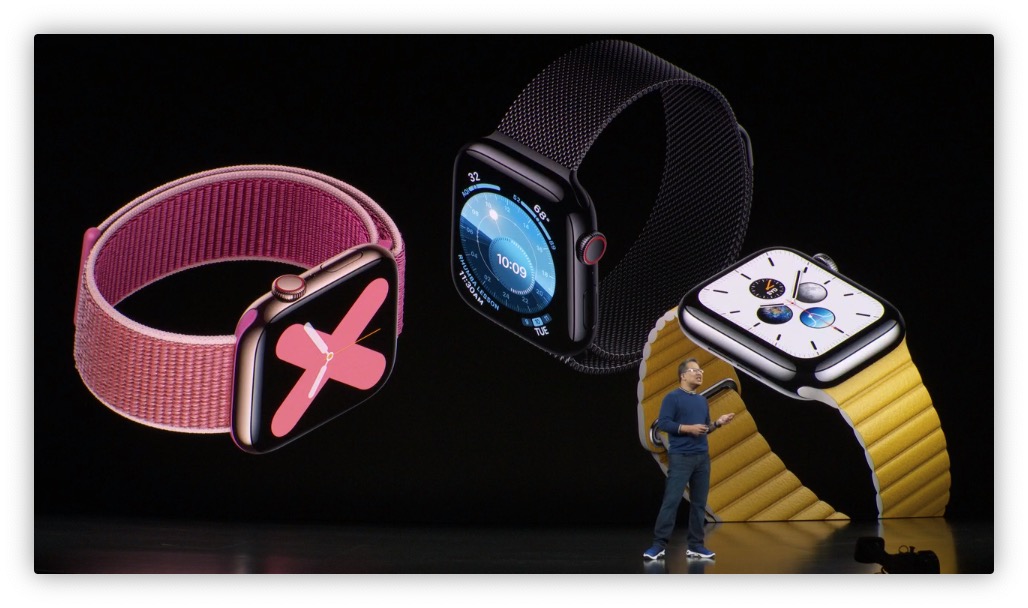
The size of the Apple Watch Series 5 is completely unchanged from the Series 4. In fact, you’ll probably have a hard time telling them apart unless you pick up a Series 5 in one of the new titanium or ceramic case options, which aren’t available for the Series 4.
Specifically, there are still 44mm and 40mm versions available, which feature 977 sq mm and 759 sq mm display areas, respectively. It’s also still 10.7 mm in thickness.
In fact, the only significant design differences are the two aforementioned titanium and ceramic versions, with the former available in either brushed silver or brushed space black, and the ceramic available in the usual white. In the latter case, it’s a nice return of a design that was skipped for the Series 4, and if you held out on pulling the trigger on upgrading last year because of that, then you’ll be happy to see that it’s made a comeback.
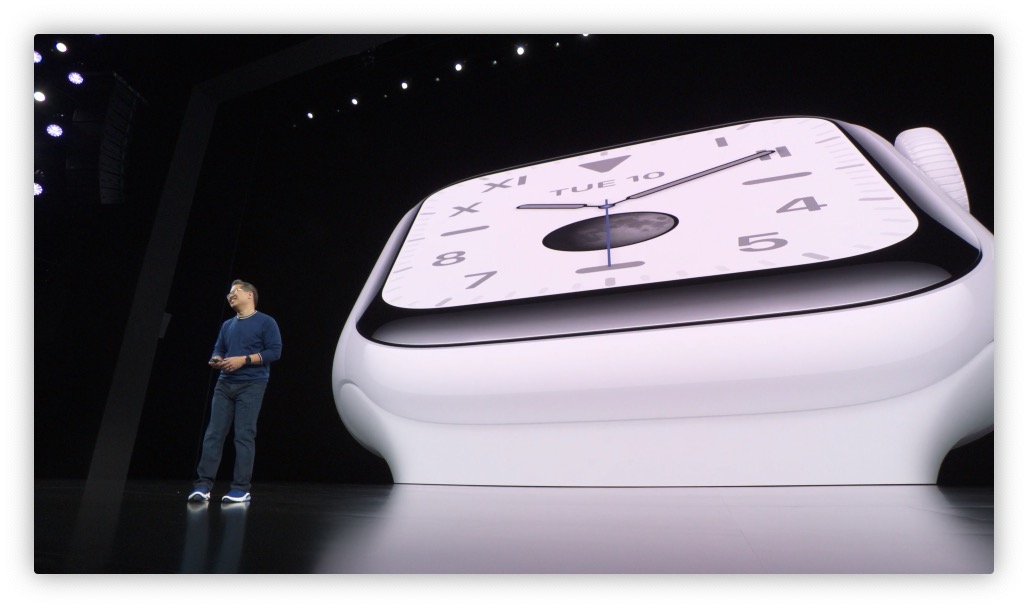
The two new designs also mark a return to the Apple Watch Edition lineup that originally debuted with the 18-karat Gold Apple Watch back in 2015. The original ostentatious gold version was replaced by the ceramic finish when the Series 2 debuted, so it’s not surprising that this remains an “Edition” version — still the most expensive one, in fact — but it’s now also joined by the titanium models, which carry a smaller $100 or so premium over the equivalent stainless steel versions.
There are some subtler changes to the aluminum and stainless steel models as well, with the former now being made from 100 percent aluminum — a nice nod to the environment that won’t be visually apparent — and the stainless steel now available in a new Space Black version.
Sensors
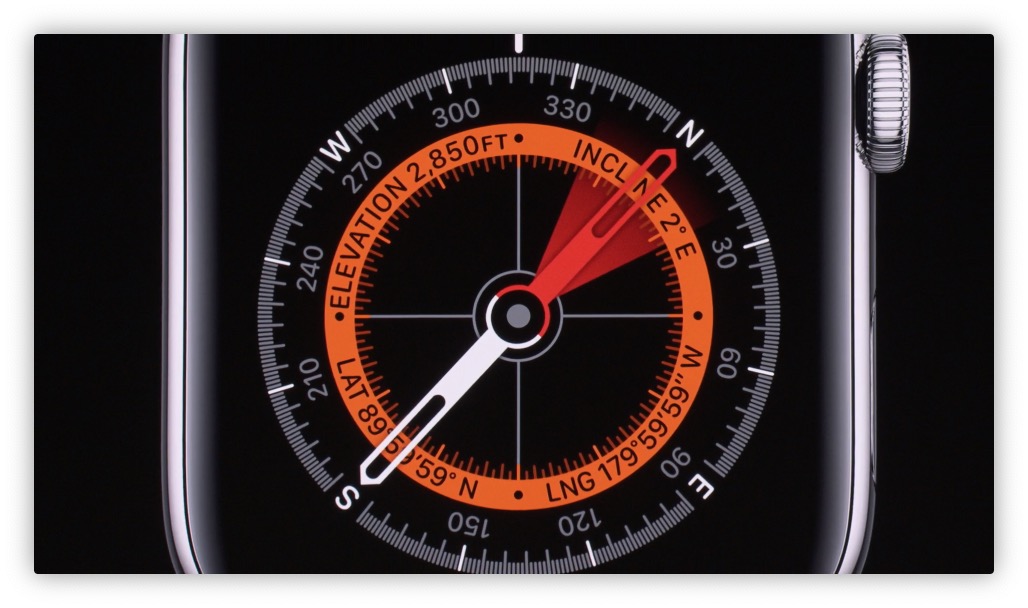
The main addition to the Apple Watch Series 5 sensor array is a new compass that will augment the built-in GPS to provide accurate heading information, alongside your latitude, longitude, and elevation, the last of which is determined by the barometric sensor that Apple added a few years ago. It’s a nice touch, but not what we’d call a major upgrade unless you’re a serious outdoor enthusiast, since it simply augments the existing GPS, which can already provide directional information whenever you’re actually moving.
The health and motion sensors otherwise remain the same, however, which is to say that they’re nice upgrades over the Series 3 — a better accelerometer, and of course the electrical heart sensor that supports the ECG app — but otherwise no different from last year’s Series 4.
Performance & Wireless
You shouldn’t expect any major performance gains from the Apple Watch Series 5 over the Series 4. Although the new model sports an upgraded 64-bit dual-core S5 chip, Apple still only promises it as “up to 2x faster” than the Series 3’s S3 processor — the same spec that it advertised for last year’s S4. While the S5 undoubtedly offers other impvoements, most likely in terms of power consumption for the sake of the always-on display, it’s not going to make the Series 5 watch run any faster than it did before.
The wireless protocols also remain completely unchanged from the Series 4, with the same LTE and UMTS support on the cellular models, standard 802.11b/g/n support that only operates at 2.4GHz, and not 5GHz, and Bluetooth 5.0. The latter is a nice boost over the S3’s Bluetooth 4.2, but is unchanged from the Series 4. In fact, the same W3 Apple wireless chip is used in both models.

